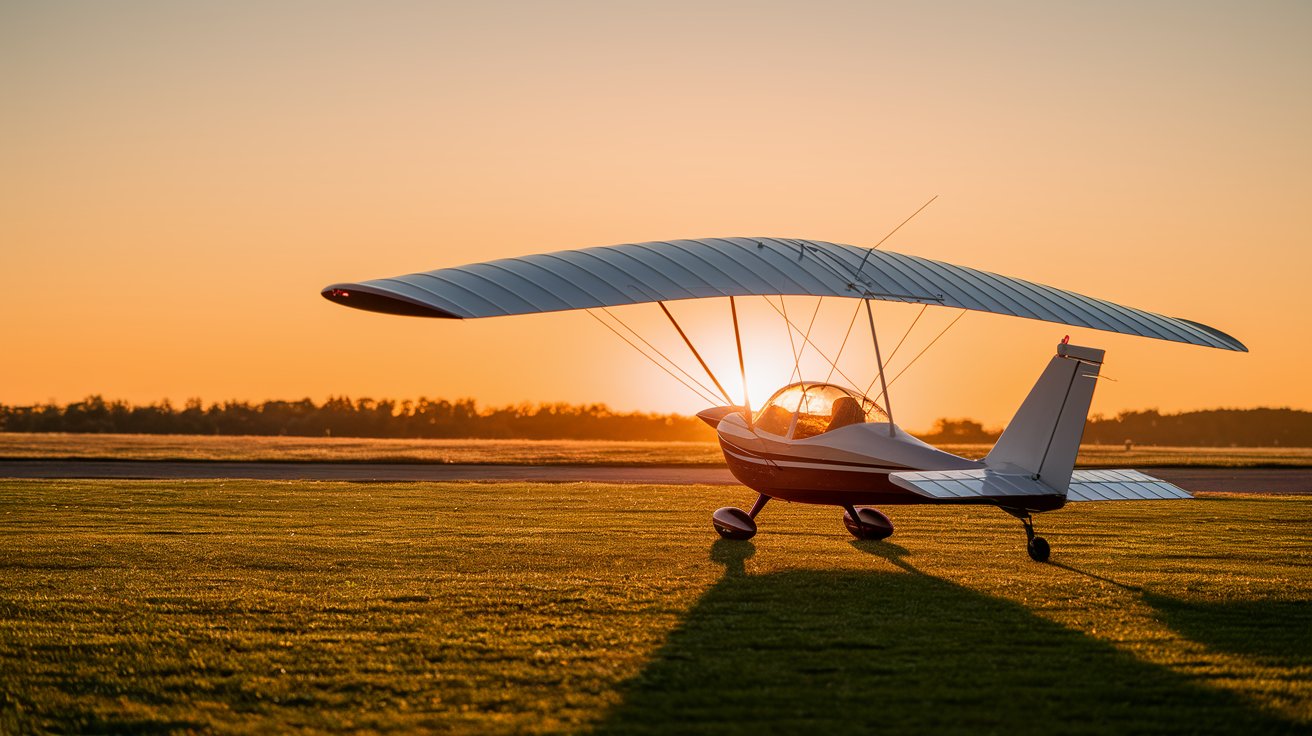The global aviation industry is undergoing a profound transformation, and at the heart of this shift is a rapidly growing segment: ultralight and light aircraft. Traditionally regarded as niche vehicles primarily used for recreational flying or pilot training, these aircraft are now taking center stage in discussions about sustainable mobility, last-mile air logistics, and executive travel.
According to the latest market research from MarketsandMarkets, the ultralight and light aircraft market is projected to expand from USD 10.17 billion in 2024 to USD 17.29 billion by 2029. This represents a compound annual growth rate (CAGR) of 11.2% over the forecast period. The market’s evolution is being driven by multiple factors, including advances in propulsion technology, expanding use cases for unmanned aerial systems, and increasing demand for regional connectivity.
Propulsion Innovation is Driving Sustainable Growth
One of the primary forces propelling the market forward is the growing interest in electric and hybrid-electric propulsion. These technologies are attracting significant investment and development attention due to their potential to drastically reduce fuel consumption, lower emissions, and simplify aircraft maintenance. In an era where sustainability is becoming a key performance indicator, light and ultralight aircraft powered by electric or hybrid systems are emerging as viable solutions for environmentally responsible air transport.
Download PDF Brochure @
https://www.marketsandmarkets.com/pdfdownloadNew.asp?id=181448279
Electric propulsion is particularly well suited to short-haul missions, training programs, and operations in noise-sensitive areas. With several startups and established manufacturers racing to bring certified electric models to market, this subsegment is likely to be a major contributor to overall industry growth in the coming years.
Unmanned Aircraft: Expanding Applications Across Sectors
The report highlights that the unmanned technology segment is expected to grow at the highest CAGR during the forecast period. The versatility of unmanned aircraft makes them increasingly valuable across a wide range of industries. In agriculture, drones are being used for precision crop monitoring and pesticide spraying. In infrastructure, they support asset inspection and maintenance planning. Emergency services and environmental agencies rely on unmanned aerial systems (UAS) for search and rescue missions and real-time environmental monitoring.
As the regulatory environment becomes more favorable and the technology continues to mature, unmanned ultralight and light aircraft are expected to see widespread adoption far beyond traditional commercial drone applications.
Aftermarket Activity Indicates Strong Commercial Utility
Within the aftermarket segment, light aircraft are expected to account for the largest share during the forecast period. These aircraft, with their greater payload capacity and ability to carry multiple passengers or cargo loads, are increasingly being used for business operations. Whether transporting medical supplies to rural clinics or enabling executives to reach remote project sites, light aircraft provide a compelling combination of cost-efficiency, range, and operational flexibility.
The robust aftermarket activity is also a reflection of rising utilization rates, which in turn drive demand for maintenance, repair, upgrades, and component replacements. This dynamic supports a healthy ecosystem of MRO (maintenance, repair, and overhaul) service providers and aircraft part manufacturers.
Civil and Commercial Use Continues to Dominate
From corporate shuttle services to private air charter operations, the civil and commercial end use segment remains the largest in the ultralight and light aircraft market. These aircraft offer a practical alternative to traditional airliners, especially for short-haul and point-to-point routes where commercial air service may be limited or inefficient.
Light aircraft are increasingly favored by businesses seeking to reduce travel time, increase productivity, and gain more control over travel logistics. In regions with dispersed operations or limited transportation infrastructure, they can serve as a critical enabler of mobility.
North America Leads Market Growth with Innovation and Infrastructure
North America is expected to experience the highest growth rate across all regions during the forecast period. This leadership is underpinned by a number of strategic advantages. The region is home to a large number of established aviation manufacturers and emerging aerospace startups. It also boasts a mature infrastructure of research institutions, pilot training schools, and government support for advanced air mobility initiatives.
Additionally, consumer interest in recreational aviation is relatively high, supported by favorable weather, large geographic expanses, and accessible airspace regulations. This makes North America a fertile ground for growth in both the manned and unmanned aircraft segments.
Major Players Influencing the Market Landscape
The ultralight and light aircraft market is highly competitive, with several key players actively innovating and expanding their global reach. These include:
-
Textron Inc. (United States), known for its extensive aviation portfolio
-
Bell Helicopters (United States), a leader in vertical lift platforms
-
Pilatus Aircraft (Switzerland), focused on utility and business aircraft
-
Air Tractor (United States), a prominent player in agricultural aviation
-
Flight Design General Aviation (Germany), a pioneer in light sport aircraft
-
Autogyro (Germany) and Aeropro (Slovakia), known for their specialization in ultralight gyrocopters and fixed-wing models
These companies bring a combination of heritage, engineering excellence, and market reach, helping to shape the future direction of the industry.
Ask for Sample Report @
https://www.marketsandmarkets.com/requestsampleNew.asp?id=181448279
Looking Forward: A Market on the Move
As the global aviation sector seeks more sustainable, cost-effective, and adaptable solutions, ultralight and light aircraft are poised to play an increasingly important role. Their expanding capabilities, diverse applications, and growing ecosystem support a strong outlook for manufacturers, service providers, and investors alike.
Organizations that align with this trend—by investing in cleaner propulsion technologies, exploring unmanned systems, or adapting operations to leverage agile aircraft—will be better positioned to lead in the next phase of aviation innovation.

